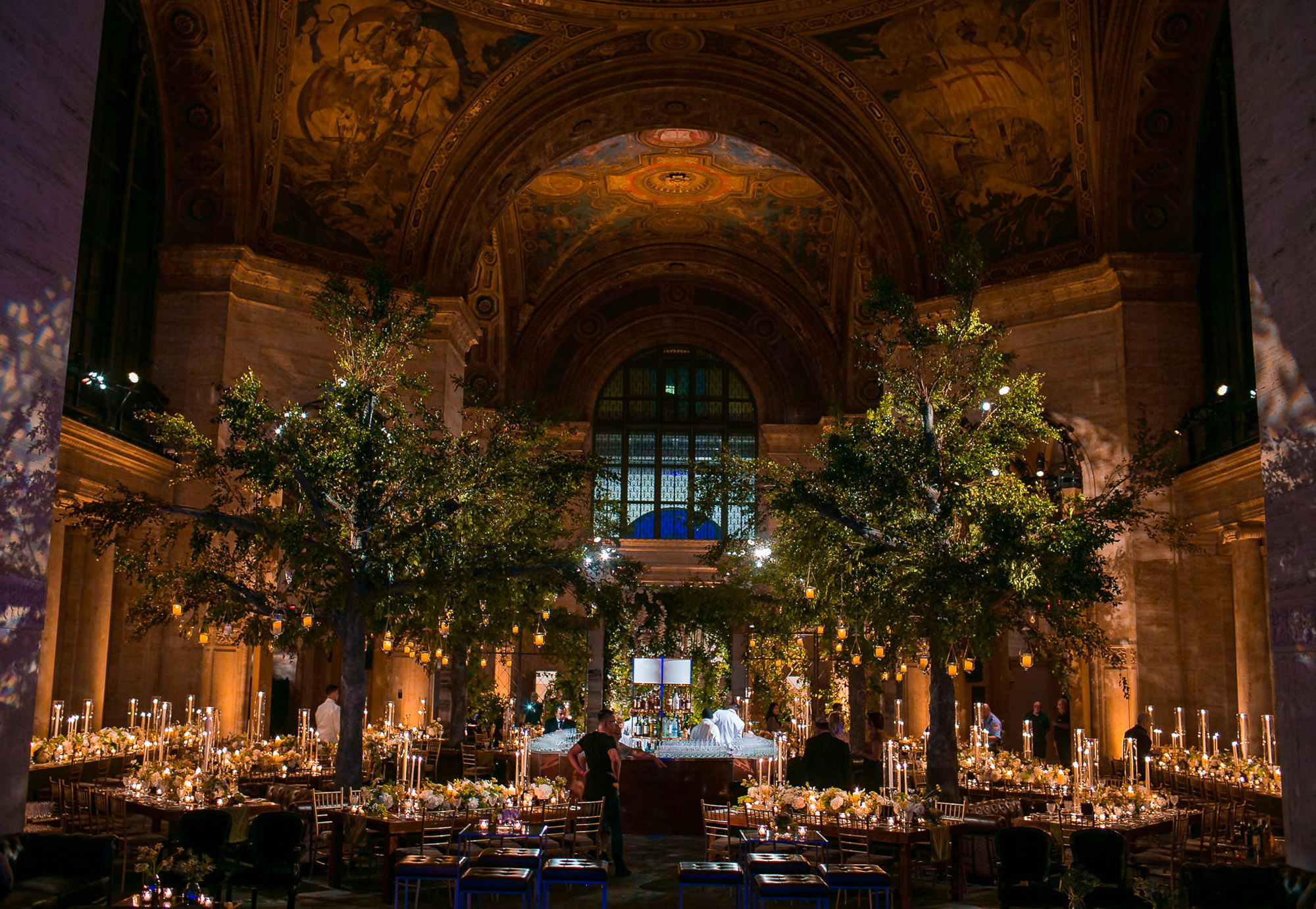Mastering the Craft of Seamless Film Mapping on Arched Monitor for Breathtaking Graphic Audience Experiences
Mastering the Craft of Seamless Film Mapping on Arched Monitor for Breathtaking Graphic Audience Experiences
Blog Article
Film mapping is an exciting technique that enables visuals and videos to be projected onto areas, creating breathtaking visual experiences. When it comes to curved areas, mastering this craft can be a bit more difficult than projecting onto flat surfaces. Rounded surfaces can encompass various elements from the facades of buildings to art pieces and even platforms. Grasping how to efficiently map footage onto these forms is essential for creators, design professionals, and occasion organizers who want to develop immersive environments that captivate viewers.
The initial phase in video projection on curved areas is to understand the shape of the surface. Rounded surfaces can be intricate, with different degrees of curvature. To achieve a smooth projection, it is vital to create a 3D model of the surface. This model helps in imagining how the video will look when cast. Software tools are accessible that permit users to develop these representations and mimic the display. By accurately aligning the dimensions and contours of the surface, creators can guarantee that the footage matches perfectly without distortion.
Once the 3D representation is ready, the next step is to edit the footage content. This involves editing the video to suit the particular form and size of the curved area. It is essential to consider the angles and viewpoints from which the audience will view the display. The material should be designed to improve the visual encounter, making it captivating and pertinent to the theme of the event or setup. Using premium visuals and motion graphics can greatly enhance the overall effect of the display.
After preparing the content, the actual projection process begins. This includes setting up the devices at the correct positions and spaces to guarantee that the video aligns with the 3D representation. Adjustment is a key part of this procedure. It may necessitate adjusting the luminosity, contrast, and sharpness of the devices to achieve the best results. Additionally, using several devices may be necessary to cover bigger Check This Out or more complex areas. This method, known as edge blending, helps create a continuous visual across the entire surface.
Finally, trialing the projection is essential before the final presentation. This allows designers to make any necessary modifications to the video and projector configurations. It is also an opportunity to see how the viewers will perceive the projection from various perspectives. By ensuring that the video mapping is perfect, designers can deliver a stunning visual encounter that creates a lasting impact. Mastering video projection on curved surfaces not only improves artistic output but also creates new possibilities for narrative and audience engagement in various settings.